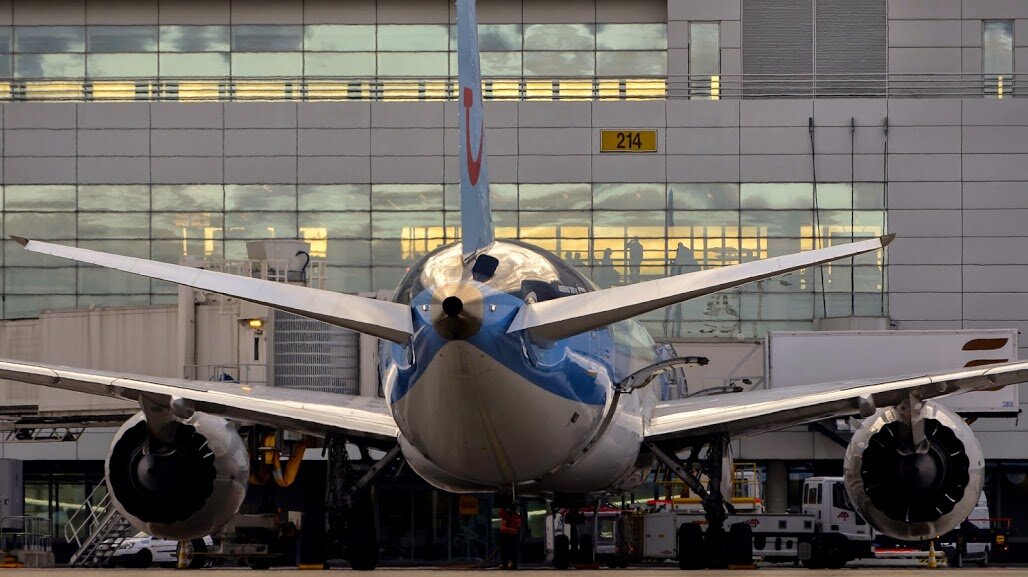Published Articles

A-CDM Affairs: Avoiding Loss of Attention Span 2
This is part 2 of my non-exhaustive debrief of Eurocontrol's A-CDM workshop, held in September 2015. In part 1, A-CDM Affairs: Avoiding Loss of Attention Span 1, among other things: patience getting rewarded ultimately, the green dots on the implementation status chart, the introduction of A-CDM in the ICAO world, and the long awaited benefits study.

A-CDM Affairs: Avoiding Loss of Attention Span 1
Thanks for checking in on the continuation of my Airport Collaborative Decision Making series on New Airport Insider. Due to business opportunities in the rapidly expanding A-CDM world, I admit I've been rather quiet on this subject… But good to be back, and present you with my take on the most recent state of play on A-CDM, as presented at Eurocontrol on September 22nd-23, 2015. This is part 1 of 2, with part 2 to be published in 2 weeks.
Wait, let’s rule out a potential misunderstanding here; I’m not pretending that you would be patiently waiting for a next post on A-CDM, but I was only alluding on the fact that I was forced to go way back into time to check when the last time was that the A-CDM airport community had the chance to team up to discuss and (dis-)agree on what’s close to our hearts.

Hop On the Airport Risk Review Merry-Go-Round
You might think you’re all done. You’re now sitting back with your treatments mapped out, all of which are based on your requirements for each of your risk scores relating to your identified species. But this is probably where the management part of risk management comes to the fore.
Monitoring and review is more than a step. Like consultation, it relates to every step of the way. It pops into and out of every other part of the risk management process and different approaches and techniques are required.

The Matrix of Airport Wildlife Risk Management
By now, you’ve got a list of bird and animal species with appropriate risk scores or categories and a list of requirements for each of these categories and this step can either be a lot of fun or infuriatingly frustrating.
Fun, because it involves solving problems and buying toys, and frustrating, because it there are no easy answers. And I’m sorry to report, that this post is not about silver-bullets. There are none.
Remember that context step earlier? That should have been a hint that this series was not going to provide solutions. Instead, we’ve been discussing the approach you can take to implement your own and have confidence in your decisions. So let’s look at how you will decide what toys to buy, what strategies to implement and what activities to perform.

How to Set the Standards for Airport Wildlife Management Decisions
The last article helped you add some data to your list of bird and animal species. Using a risk model, you will have scores or categories (probably with lots of colour) assigned to each of the species.
Now, we can add some meaning to that list.
Often, a risk assessment ends before we get to this step. I've seen a couple of instances where the results of the analysis are ranked with work beginning at the top and working its way down until the resources run out.
But what if the next species down also requires action? And how can you ever make the argument for more resources if your process only ever considers your existing resources?

Airport Wildlife Risk Modelling
So, now you are now equipped with a list of species you may want or need to control. To get that flow I mentioned my last article, you will need to set up a framework for analysis first. The goal of this framework is to, in the words of ISO31000, “comprehend the nature of risk and to determine the level of risk.”

Lining Up the Usual (Wildlife) Suspects
For airport wildlife hazard management, this list of risks is going to be a list of the species found at and around the airport.
Some practitioners take a fairly broad approach to airport risk management and like to write down a range of risk sources at this point. They might include habitats and activities in this list as well. But I like to keep it tight. Specifically, what birds and animals have I got to worry about? This will make more sense when we go to analyse the “risks”.

Setting the Airport Wildlife Hazard Scene
A good airport operator knows that bird strikes and other airport wildlife hazards require special attention. In part 1 of this series, Safety Management System (SMS) processes had identified the overall risk associated with the hazard and you began consulting with your airport stakeholders.
But before making a list of bird and animal species and checking it twice, we need to set the context for the rest of this process - after all, context is everything.
